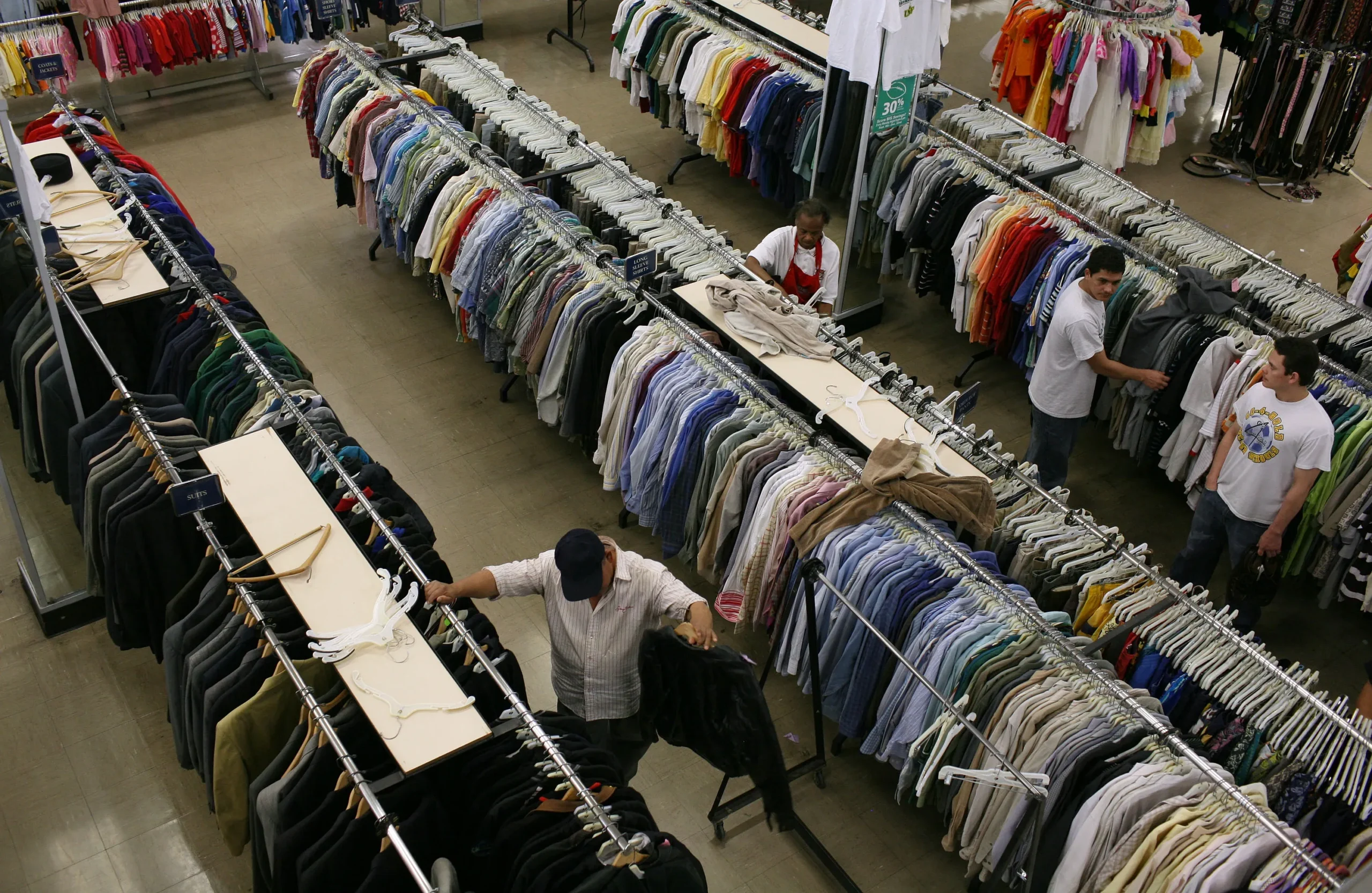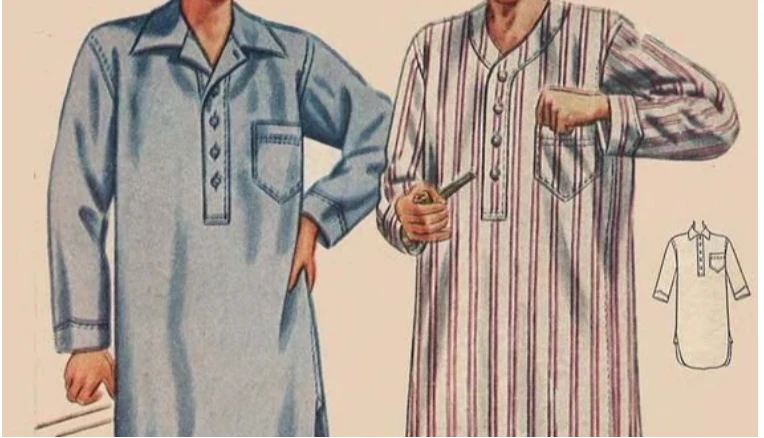eBay, My Personal Stylist and Spiritual Guide
By: A Person Who Has Bought a Designer Jacket from a Goat Farmer in Slovenia
Look, I’m not saying I have a shopping problem. I’m saying I have a solution to the global overproduction of clothes, and that solution involves spending 2 a.m. bidding on a gently-used vintage leather jacket from a man named “BigChuck69” in rural Saskatchewan.
Welcome to the wonderful world of global hand-me-downs — that magical ecosystem where eBay, Poshmark, Depop, Grailed, and every weirdly specific Facebook Buy-Sell-Trade group combine to form an international runway of questionable sizing and infinite personality. Why buy new when you can buy a “lightly worn” cashmere sweater that’s clearly seen more parties than you ever will?
Let’s talk economics first: high fashion at low prices. You could spend $1,200 on a designer trench coat from a shiny department store. Or you could spend $32.74 on that exact trench coat from a woman in Denmark who swears she only wore it once, “but it made her ex think she looked like a spy, and it’s emotionally ruined now.” That’s fashion with a backstory.
You want authenticity? Try receiving a pair of jeans with a mysterious European train ticket still in the pocket. You want adventure? Try ordering a suede jacket from Moldova and tracking it for 16 weeks while it travels via “Possibly Horse” through seven countries and a customs office that thinks suede is a controlled substance. That’s not shopping — it’s character development.
There’s also the thrill of interpretation. For example, “excellent condition” might mean “practically new,” or it might mean “held together by dreams and denim faith.” “Pet-free home” might be a lie, or it might mean they had a ferret and just didn’t emotionally consider it a pet. Buying clothes online is less retail, more psychological puzzle.
But let’s be honest: global hand-me-downs are more than just cheap thrills and ethically questionable postage labels. They’re a rebellion against fast fashion, overpriced mall culture, and that one influencer who insists every outfit must be “curated.” My closet is curated too — mostly by random people selling stuff they forgot they owned until rent was due.
Besides, wearing clothes with a little history builds character. That leather jacket? Somebody probably slow-danced in it. Those boots? They’ve seen more cobblestones than your passport. That shirt? It was once worn by a minor French DJ who peaked in 2013 but still insists his SoundCloud is “about to pop off.”
And let’s not forget the true MVPs of this ecosystem: the sellers. These are people brave enough to photograph their used socks with the same gravity as a Sotheby’s auction catalog. Their item descriptions are poetry. “Gently distressed” jeans. “Vintage vibes.” “A small tear adds charm.” These are euphemisms forged in the fires of capitalism. I once bought a scarf that was described as “mood-enhancing.” Reader, it was not.
Yet despite the occasional dud (shoutout to the “unisex poncho” that was really just a very tired towel), I stand by global hand-me-downs. Why? Because clothes should have soul. And there’s no greater flex than someone asking “Where did you get that?” and being able to say, “An elderly jazz musician in Lisbon mailed it to me in a shoebox covered in bird stamps.”
So next time you’re tempted by a glossy retail window with mannequins who look like they’ve never eaten bread, remember: the world is full of beautiful, slightly weird, mysteriously scented clothing just waiting for its second act.
And if you’re lucky, you’ll find that perfect, slightly haunted leather jacket that whispers, “I’ve seen things.”


